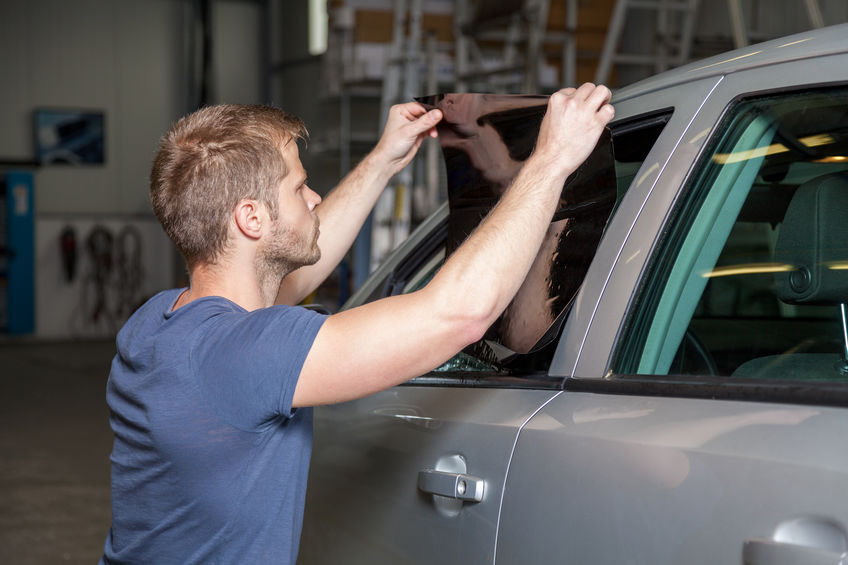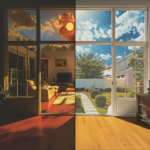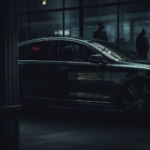
Not all car window tint is created equally. In fact, there are several different factors that create a multitude of unique types – each with its own unique set of pros and cons. To truly make the best decision for your vehicle and unique situation, you need to have some idea of what you are looking at. Here we will discuss some of the most common car window tint types, as well as other key factors you will want to think about before making your purchase.
Different Light Levels
Window tint allows for different light levels to filter into the cabin of your vehicle. This is called “visible light transmission” or VLT for short. For example, if a window tint states that it has a VLT of 25, then it allows for 25 percentage of visible light to shine through the windows and enter into the cabin of your car. The lower the number, the higher the tint’s darkness.
Dyed Window Tint
Dyed window tint is the most common material used, because it is also the most affordable in the short term. This type of window tint blocks out light by using layers of dye. This dye also helps to absorb heat, thus making the interior of your vehicle cooler.
Dyed window tint increases privacy, but it does have a down side. Due to its cheaper manufacturing, this type of window tint tends to fade over time (significantly quicker than other options) and will need to eventually be replaced.
Metalized Window Tint
Metalized window tint is another common choice, which uses tiny metallic particles to reflect sunlight away from the vehicle. It also improves the shatter resistance of your vehicle’s windows and reduces glare from harsh midday sunlight or street lights at night.
While it offers extra benefits over dyed window tint, it also comes with a steeper price as metalized window tint is more expensive. There are also hybrid options which combine both dyed and metalized window tint, so you get some of the benefits of each but without as much of a price increase.
Carbon Window Tint
Carbon window tint infuses the sheets with carbon. This not only offers an attractive matte finish, but it also blocks up to 40 percent of all IR radiation. This is what is responsible for heating up the interior of your car. But carbon window tint doesn’t just keep the interior of your vehicle cooler, but it will also prevent the materials inside from prematurely fading.
While a more expensive option by far, carbon window tint is significantly more durable than it’s dyed or metalized counterparts. It is also resistant to fading, which not only allows for it to look sharp longer but can significantly increase a customer’s overall return on investment (ROI) with a longer lifespan.
Crystalline
Crystalline window tint is a unique option from others in that it is clear versus dark. If you want to block out some of the sun’s UV rays and reduce glare without dark coloring, this is the perfect option.






Comments are closed.